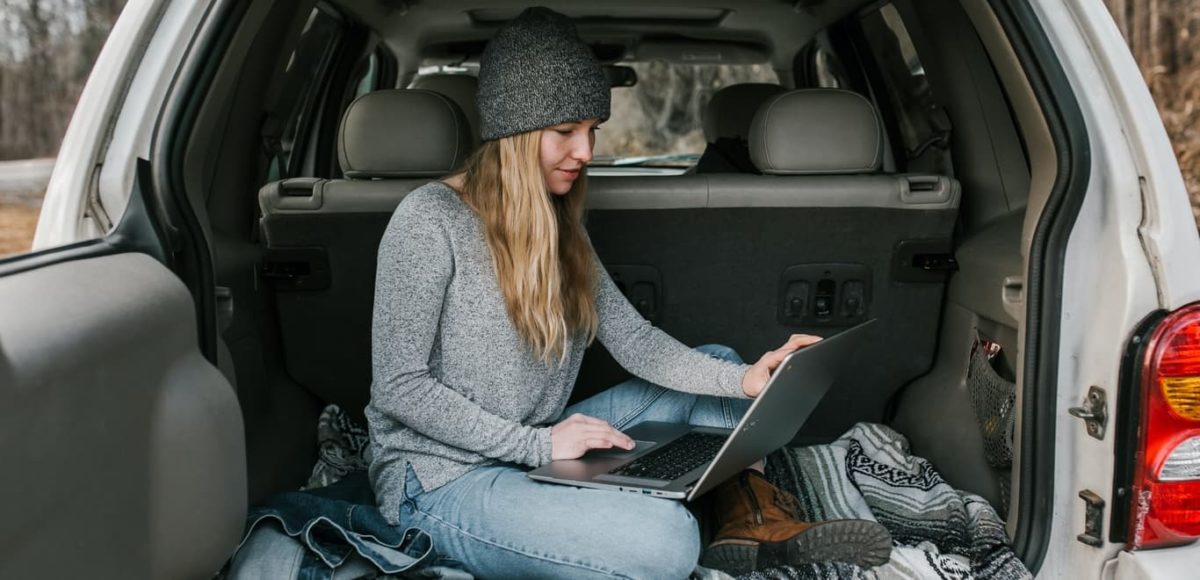A lot more goes into designing a coworking space than simply throwing some desks, tables, and chairs into a big open space. But what exactly makes a great coworking space? Start by learning what works and what doesn’t.
Coworking spaces aren’t a new concept anymore, and these fun, efficiently designed workspaces are expanding in number. According to Deskmag’s Coworking Forecast and Global Coworking Survey, there were more than 10,000 coworking spaces opened across the globe by the end of 2016.
The unspoken and much welcomed motto of a coworking space is “you are never alone.” Of course, you may still want to be alone, just not in a home office or at a table at Starbucks. Understanding how to handle the unique needs of a diverse membership community and how to quickly scale up or down as membership changes are essential components in design. Keep these three critical considerations in mind when designing a coworking space.
The Size of the Space
The coworking space phenomenon grew out of the more isolating shared office concept of traditional offices and hallways open to members. The difference is that coworking spaces are meant to stimulate collaboration and conversation while letting members work in trendy, upscale spaces and in peace and quiet when necessary. It’s tempting to think all you need to do is build out a big open loft space and call it a day, but size is one of the main decisions when choosing a coworking space.
Although the trend of using temporary pop-up coworkspaces to reclaim unused, off-hour space for short periods in restaurants, hotels, and other spaces doesn’t have to consider size, a more permanent coworking space should be large enough to give members opportunities to bump into each other without getting lost, but not so small that members feel too crowded and decide instead to hunker down in their home offices.
Workbar, a Massachusetts-based coworking network with multiple locations, opened three unique high-end spaces within Staples stores that are between 2,500 to 3,500 square feet and comfortably handle about 40 members at a time, says Devon Cole, director of business development at Workbar. The psychology of having a coworking space in a store makes it feel larger and sometimes even more connected to the outside world. “Members say it’s an unexpected pleasure to have the ability to go get any supply you need 10 feet outside the door, even if it’s simply buying a new pen,” says Cole, adding that members like that the set-up in a store saves them time and energy.
What Zones to Include
The Workbar spaces in Staples include a handful of zones. “We have three neighborhoods,” says Cole. “One is for quiet, another is the Café, and the third is the Commons for collaboration.” Every coworking space will have different neighborhoods and varying percentages of communal areas versus private workspaces, depending on the demands of your membership.
To keep your members happy, you need to know if they have enough space for what they need to accomplish, whether that includes an adequate number of small team rooms with white boards, phone booths for focused phone calls, or lounge areas for reading. Maybe they want a panel system in the space for private work, or maybe they don’t. The right mix of zones is just one aspect of making your members happy.
Deciding on Furniture Options
Furniture is another way to make members happy. Your coworking space must be a lot better than the home offices your members are hoping to escape. Your members want to feel like they are working somewhere special, inviting, and welcoming, where they are part of a productive community. It’s a tall order in some cases.
“We’re building a standing desk for one of our members,” says Chris Yalonis, founder of VenturePad in Marin County, a bright, welcoming, 4,000-square-foot, carbon-neutral, post-industrial space with 16-foot-high ceilings, glass walls, hardwood floors, and three coveted soundproof phone booths. Marin, a bedroom community, was desperately in need of a place for its large work-from-home population to convene and work, says Yalonis. “We saw the opportunity to not only serve solopreneurs, freelancers, and microbusinesses, but we also cater to people who run virtual teams and virtual companies.”
VenturePad and Workbar both epitomize the type of changing working environments people want today, and that includes access to the best office furniture options. From stackable chairs, tables on wheels, upholstered furniture, and top-flight ergonomic executive seating to private, soundproof booths or pods to escape the noise, all the furniture should encourage productivity and interaction.
As membership shifts up and down and workplace needs change, furnishing coworking spaces requires financially flexible plans. One solution is to rent office furniture and accessories for quick and easy changes as needed. CORT Furniture Rental delivers and sets up high-quality, professional furniture and accessories to instantly help round out your coworking space needs without the burden of ownership. Furnish your coworking space from top to bottom using task chairs, drafting stools, Herman Miller executive chairs, and even appliances for your café.






